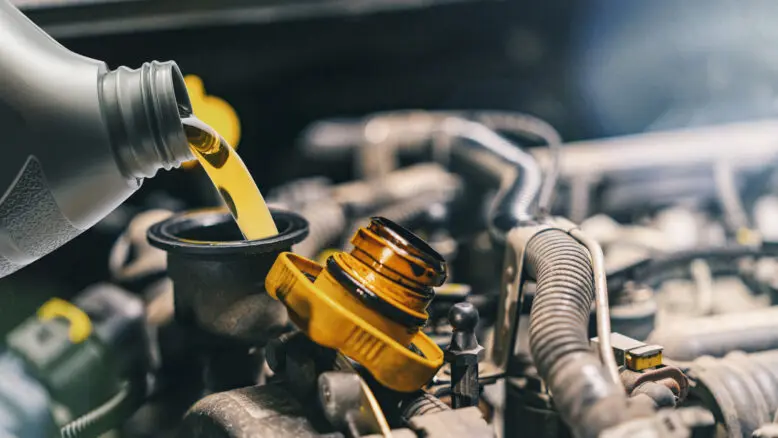
OE’s Extend Vehicle Service Intervals: Big Concerns for Consumers and Service Centers
Over the past few years, automotive manufacturers have seemingly been engaged in a competition for which vehicles require the least possible maintenance. Vehicle manufacturers have incorporated “10,000 mile oil change” and other “lifetime fluids” into their marketing collateral to attract consumers who don’t want to be inconvenienced by frequent vehicle servicing. Longer service intervals may appear to benefit consumers, but, in reality, they are harmful.
What Is a Regular Maintenance Schedule?
When a consumer purchases a vehicle, the manual frequently provides two maintenance schedules- a regular maintenance schedule and a severe maintenance schedule. How do consumers know which service maintenance schedule they should follow? Typically, consumers don’t know and they assume that they can follow the regular schedule. Most times, they are mistaken.
A severe driver is typically defined in the following ways:
- The climate is high in humidity or is a coastal region
- Your region has dusty areas or lots of dirt or gravel roads
- High temperatures are above 90 degrees and/or low temperatures are below 10 degrees.
- Short, frequent trips are taken in the vehicle that are less than 5 miles one way
- Trips are frequently “stop and go” or during rush hour
- Your terrain includes frequently driving in the mountains
- You tow with your vehicle
At least 80% of drivers meet the criteria for “severe driving,” but they don’t realize they should be following the severe maintenance schedule.
By definition, severe driving will wear brakes faster and contaminants will get into the engine oil and other fluids sooner. Extreme heat and cold cause fluids to break down at a faster rate, requiring fluid exchanges. Consumers are confused by the two types of maintenance schedules and, as a result, are failing to service their vehicles appropriately.
Related: Why and How Often Does Brake Fluid Need to Be Changed?
Benefits of Shorter Service Intervals
There are several benefits to following shorter service intervals. The most important benefits are:
- Preventative Maintenance. When consumers visit their service center for frequent service, inspections are also conducted at that time. Inspections allow vehicle owners to catch minor repairs before they become costly repairs.
- Fluid Exchange. Many fluid manufacturers offer superior fluids as compared to what comes from the factory. The upgraded fluids also may come with an additional warranty for your vehicle. Learn more about MOC Products Vehicle Protection Plan.
- Longer Vehicle Life. There is an undeniable correlation between vehicles that receive regular servicing and those that do not. Simply stated, if you want your vehicle to meet or exceed the average number of years on the road, schedule regular servicing.
Recommendations for Automotive Service Centers
Encouraging vehicle owners to schedule regular service appointments will require service centers to educate their customers. Customers want to trust the manufacturer of their vehicle. Help them to determine whether they are a “normal” or “severe” driver and suggest a service schedule that suits their unique driving habits. Explain the benefits of fluid exchange services and offer accompanying chemical manufacturer warranties. Consumers generally want their vehicles to last and they rely on service centers to help them achieve that objective.

